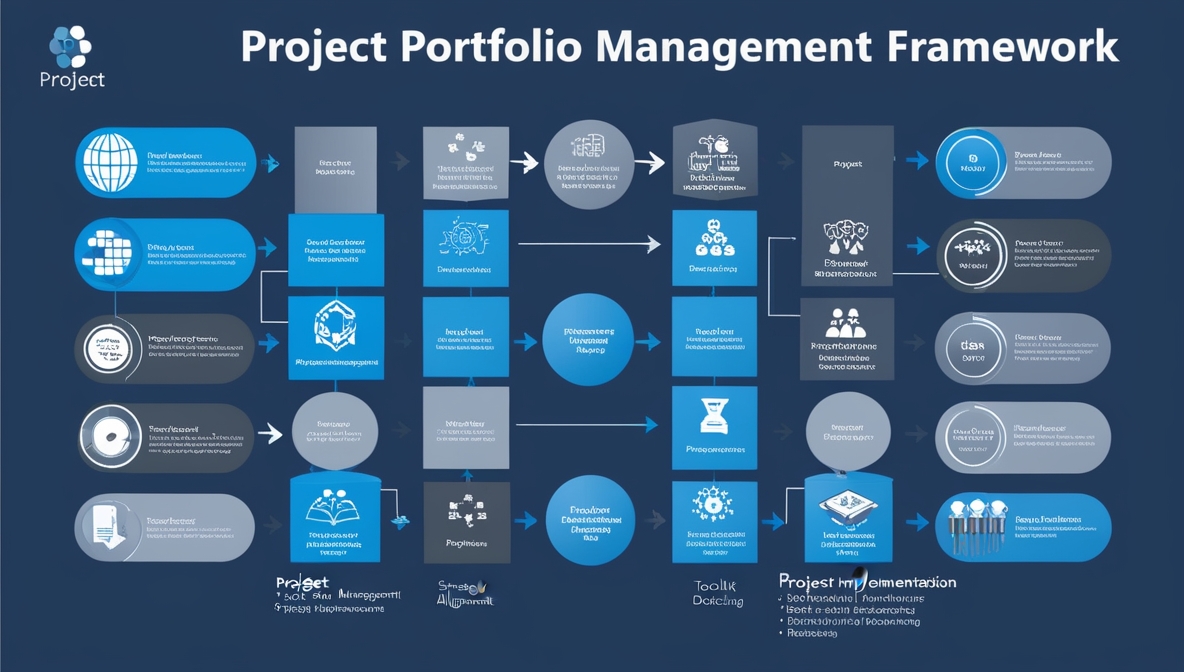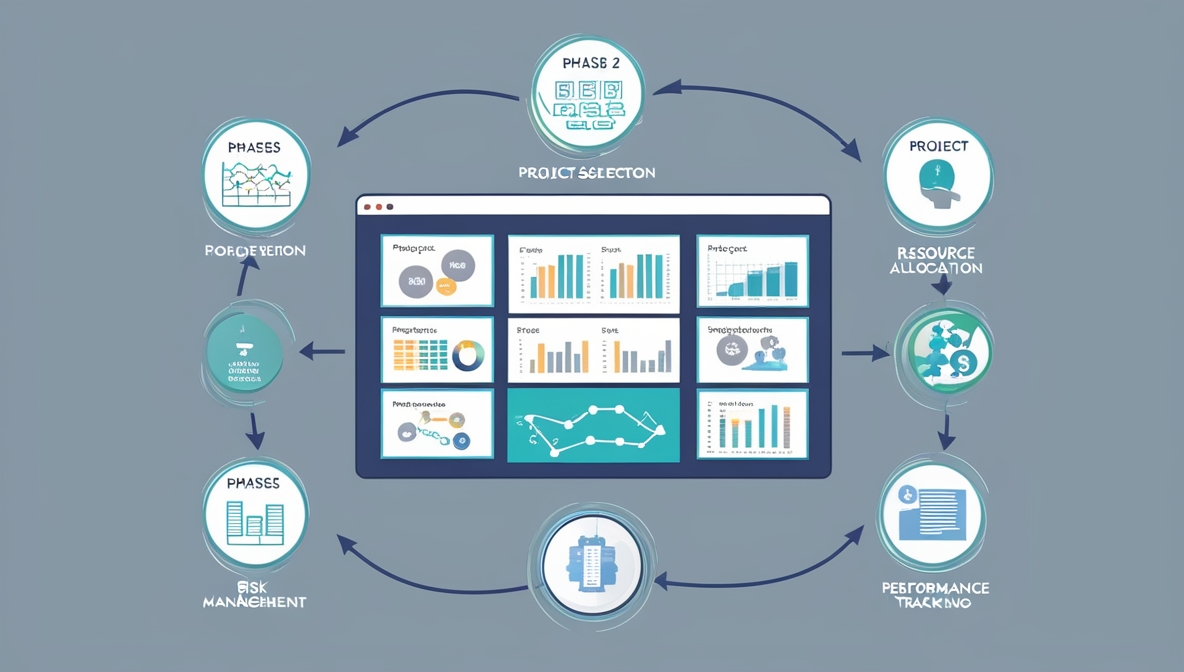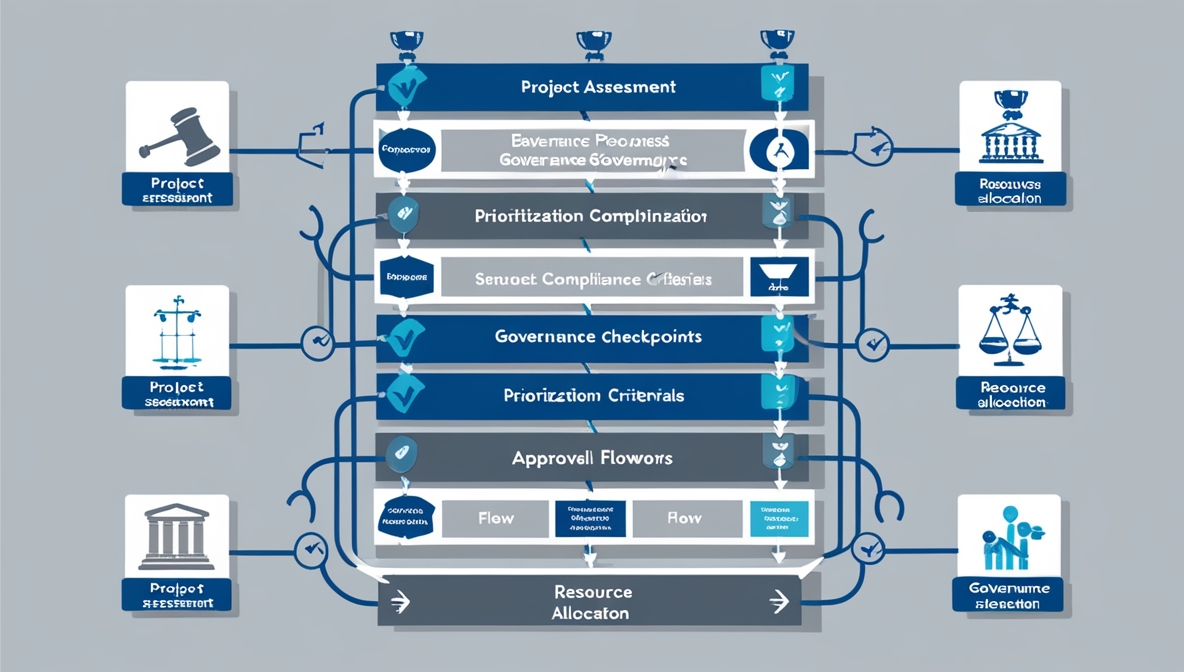
Case Study – Project Portfolio Management Framework
This case study delves into the Project Portfolio Management Framework of a large public sector organization. It examines how portfolio data is utilized to enhance decision-making processes, offers a comprehensive current state analysis, and proposes a practical toolkit for better portfolio planning. The study emphasizes resource management and the strategic alignment of projects, providing actionable insights for improving project portfolio management practices. (100+ pages)


